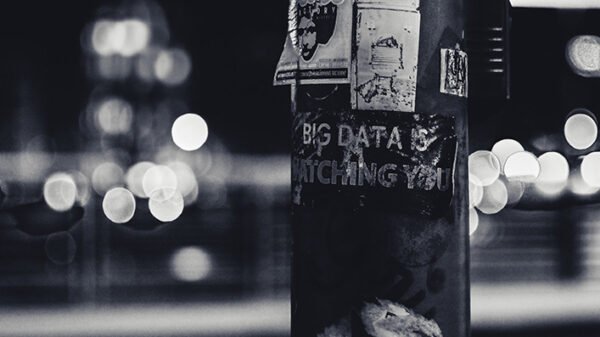Say goodbye to the glitzy charm in your kindergarten projects and influencer makeup tutorials, as the European Union has ushered in a glitter revolution. The European Commission’s latest ban on microplastics came into full force this week, signaling the end of plastic glitter’s reign in art and crafts, as well as the microbeads commonly found in various products.
But before you lament the loss of sparkle, there’s a silver lining to this glittery tale. Existing glitter-packed products can still be sold until they run out of stock. Moreover, glitter in cosmetics and detergents will continue to grace the shelves until their respective transitional periods come to a close.
Fear not, glitter enthusiasts; biodegradable and soluble glitter remain fully legal, as does plastic glitter when it’s incorporated into solid forms such as glitter glue, paint, jewelry, and snow globes. However, plastic glitter that easily detaches from decorative items like Christmas ornaments or party hats falls under the ban’s purview. Similarly, products containing microbeads, those tiny plastic spheres often used for exfoliation in cosmetic items, are also affected.
These new regulations extend their reach across all 27 member countries of the EU, including prominent nations like Germany and Spain. The European Commission clarifies that the goal is not to abolish glitter but to swap plastic glitter for environmentally-friendly alternatives that won’t harm our oceans. This initiative aims to combat the release of roughly 42,000 tonnes of intentionally added microplastics into EU products each year, preventing nearly half a million tonnes of microplastics from infiltrating the environment.
Why the Concern Over Microplastics?
Microplastics are minuscule synthetic polymer particles measuring less than five millimeters, characterized by their organic nature, insolubility, and non-biodegradability. Once released into the environment, these tiny particles become nearly impossible to eliminate.
The pervasive problem of microplastic pollution extends to both freshwater and saltwater ecosystems, as well as terrestrial and soil environments. These minuscule intruders find their way into the diets of various species, including humans. Microplastics have infiltrated everything from drinking water sources to the tissues of marine creatures like whales and even human breast milk.



































